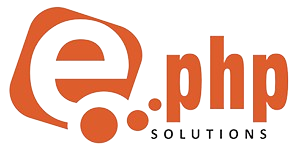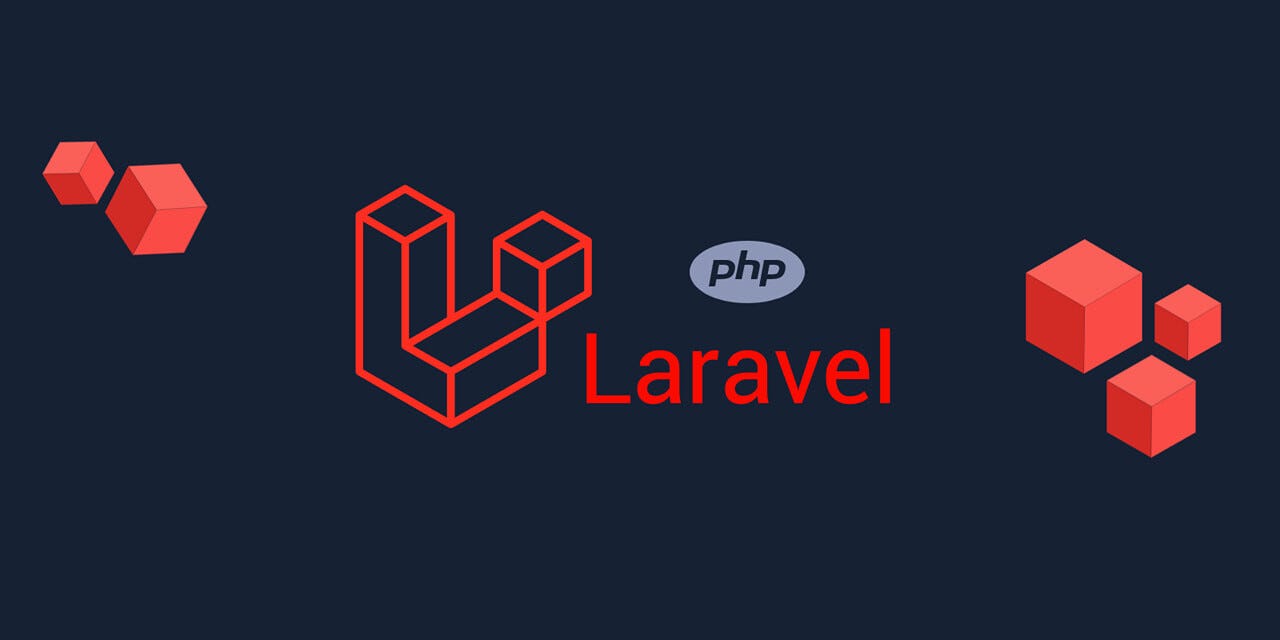Laravel is one of the most popular PHP frameworks, known for its elegant syntax and powerful features. Whether you're building a simple web application or a complex enterprise solution, Laravel provides the tools to make development smooth and enjoyable. In this guide, we'll walk through the steps to set up your first Laravel project.
Prerequisites
Before we dive in, make sure you have the following installed on your machine:
1. PHP: Laravel requires PHP 7.4 or higher. Check your version with:
2.Composer: Laravel utilizes Composer to manage dependencies. Install Composer by following the instructions on https://getcomposer.org.
3.Database: While not strictly necessary for a simple project, having a database like MySQL or SQLite set up is useful for testing.
Step 1: Installing Laravel
Once you have PHP and Composer ready, you can install Laravel. There are two main methods to do this: using the Laravel installer or creating a project with Composer directly.
Method 1: Using the Laravel Installer
1. First, install the Laravel installer globally using Composer:
2. Make sure your “PATH” is set up to include Composer's global bin directory. You can add the following to your “.bashrc” or “.bash_profile”:
3. Create a new Laravel project by running:
Method 2: Using Composer
If you prefer, you can create a new Laravel project using Composer directly:
Replace “my-project” with your desired project name.
Step 2: Setting Up the Development Environment
Configuration
Once your project is created, navigate to your project directory:
Laravel's configuration files are stored in the `config` directory. You can customize settings like database connections, mail settings, and more.
Environment File
Laravel uses an “.env” file for environment-specific configuration. This file contains sensitive information like database credentials. Open the “.env” file in your project root and set up your database connection:
Make sure to replace the values with your actual database credentials.
Step 3: Running Migrations
Laravel comes with a powerful migration system that helps manage your database schema. To create the necessary tables, run:
This command applies all pending migrations, creating the tables defined in your migration files.
Step 4: Starting the Development Server
Laravel includes a built-in development server, making it easy to test your application locally. Start the server with:
By default, your application will be accessible at “http://localhost:8000”. Open this URL in your web browser to see your new Laravel application in action!
Step 5: Exploring the Folder Structure
Familiarizing yourself with Laravel's directory structure will help you navigate your project:
- app/: Contains your application logic, including models, controllers, and middleware.
- config/: Contains configuration files.
- database/: Houses your database migrations and seeders.
- resources/: Holds your views, raw assets, and language files.
- routes/: Where you define your application routes.
- public/: The web server's document root, which contains the ‘index.php’ file and other assets.
Step 6: Building Your First Route and Controller
Now that you have your environment set up, let's create a simple route and controller.
1. Create a Controller: Run the following command to generate a new controller:
2. Define a Route: Open the “routes/web.php” file and add the following code:
3. Implement the Controller Method: Open the newly created “app/Http/Controllers/HomeController.php” and add:
This route will return the default Laravel welcome view when you visit the root URL.
Conclusion
Congratulations! You've successfully set up a Laravel project and created your first route and controller. Laravel’s extensive documentation offers a wealth of resources to continue learning, so don’t hesitate to dive deeper into topics like Eloquent ORM, Blade templating, and middleware.
As you progress, consider exploring community packages to extend your application's functionality, and remember to keep your code clean and organized. Happy coding!
"Stuck on a Laravel issue? Let's turn your coding roadblocks into breakthroughs together!"















